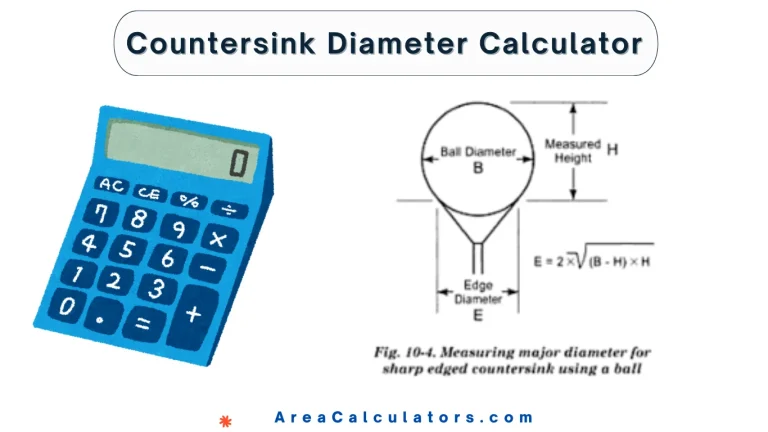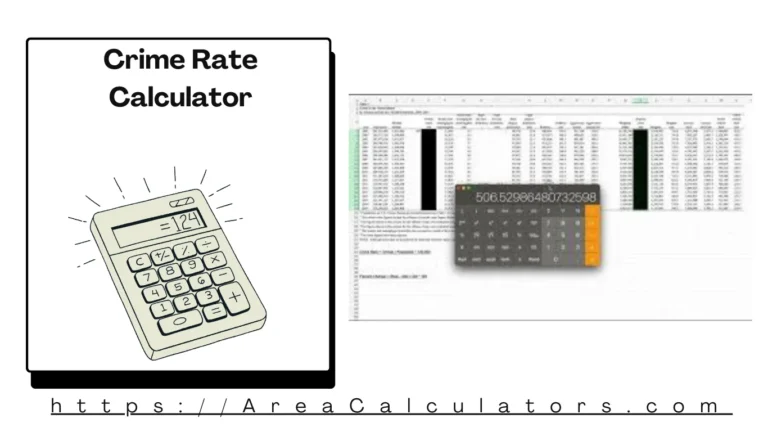Whether you’re mixing chemicals, transporting petroleum, designing pharmaceutical compounds, or measuring raw materials in manufacturing, volume estimation based on specific gravity is a critical skill. The Specific Gravity to Volume Calculator allows professionals to convert a material’s specific gravity and known mass into accurate volume measurements.
From industrial applications to scientific laboratories, the ability to derive volume from specific gravity makes processes safer, more efficient, and more reliable. This article breaks down how it works, how to apply the formula, and where it makes a real-world difference.
Understanding the Relationship: Mass, Volume, and Specific Gravity
To calculate volume, you need to understand how it relates to mass and density:
-
Mass (m): The quantity of matter in an object, usually measured in kilograms (kg)
-
Density (ρ): Mass per unit volume, measured in kg/m³
-
Specific Gravity (SG): A dimensionless ratio comparing the density of a material to the density of water (1,000 kg/m³ at 4°C)
Specific Gravity = Density of Substance / Density of Water
Because water has a specific gravity of 1, a substance with an SG of 0.8 is 20% less dense than water. One with 1.5 is 50% denser.
The Formula: How to Convert Specific Gravity to Volume
When mass and specific gravity are known, the volume can be calculated using this formula:
Where:
-
SG = specific gravity (unitless)
-
Mass = in kilograms (kg)
-
1000 = density of water in kg/m³
This formula is rooted in the concept that:
Since density = SG × 1000, the formula simplifies perfectly.
Example Calculation
Let’s say you’re dealing with 350 kilograms of a fluid with a specific gravity of 0.87.
Step 1:
Use the formula:
Step 2:
Result: The fluid occupies 0.4023 cubic meters, or roughly 402.3 liters.
Real-World Applications
⚙️ Industrial Fluids and Material Handling
Contents
Engineers working with oils, chemicals, and lubricants often need to convert weights into storage volumes for transport and inventory. Specific gravity provides a quick way to scale these materials.
🧪 Chemical Engineering and Laboratory Use
In formulation and reaction design, precision is key. Knowing the specific gravity of a solvent or reagent allows chemists to dispense exact fluid volumes from bulk mass—critical for consistency and safety.
🚗 Automotive and Fuel Systems
Fuel types like gasoline or diesel have known specific gravities. This calculator helps convert deliveries from tons to tank volumes, or vice versa.
🎯 Pharmaceutical Manufacturing
Medications in liquid form need strict quality control. With known SG and input weight, volume can be tracked and controlled for dosage precision and batch consistency.
Why This Calculation Matters
-
Reduces measurement errors in industries where both mass and volume are monitored
-
Simplifies logistics: Convert purchase weight into required tank capacity
-
Improves safety: Prevents overfilling or underestimating critical containment systems
-
Supports automation: Commonly used in software and control systems for flow calculations
Common Mistakes to Avoid
Using Incorrect Units
Always ensure:
-
Mass is in kilograms (kg)
-
Water density constant is 1000 kg/m³
-
Final volume output is in cubic meters (m³)
If you’re converting to liters, simply multiply the result by 1,000.
Confusing Specific Gravity with Density
Specific gravity is a ratio, not a direct measure of density. It’s dimensionless. Don’t try to plug a density value into the SG formula.
Not Accounting for Temperature
Specific gravity varies slightly with temperature, as both substance and water density can change. Unless otherwise specified, SG is assumed at 4°C for water.
Reverse Calculation: Volume to Mass
If you know the volume and want to find mass, use the inverse:
Example:
You have 0.75 m³ of a substance with SG = 1.1
Best Practices for Accurate Results
-
Always use calibrated scales for mass measurements
-
Confirm temperature of both the substance and reference water
-
Use verified SG values from datasheets or reliable testing
-
Keep a consistent unit system—no mixing metric and imperial
FAQs:
Q: Is specific gravity always measured against water?
🅰️ For liquids and solids, yes. For gases, it’s typically measured against dry air at standard conditions.
Q: Can specific gravity be less than 1?
🅰️ Absolutely. If it’s less than 1, the substance is less dense than water and will float.
Q: Can this calculator be used for powders or solids?
🅰️ Yes—if the material has a known bulk or true specific gravity, especially in bulk handling or compounding processes.
Q: What unit is the final volume in?
🅰️ Cubic meters (m³). To convert to liters, multiply by 1,000.
Q: Do all substances have a fixed specific gravity?
🅰️ Not exactly. Some materials change SG based on temperature, pressure, or composition (e.g., mixtures, emulsions).
Conclusion:
The Specific Gravity to Volume Calculator transforms complex industrial math into a straightforward solution. Whether you’re working in labs, logistics, or large-scale engineering, this tool ensures every kilogram you measure translates into real-world space with accuracy.
Understanding how specific gravity affects volume equips you to make better inventory decisions, avoid capacity oversights, and maintain scientific precision in every project.
With this knowledge and calculator in hand, you’re no longer guessing—you’re measuring with mastery.






